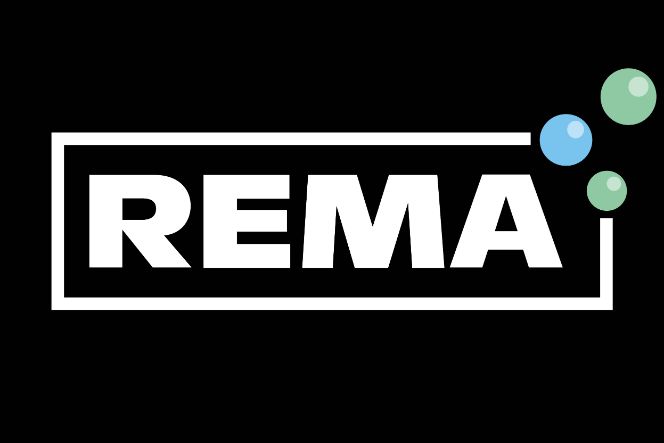It will play a key role on the road to climate neutrality: green hydrogen – i.e., hydrogen produced from renewable energies – has the potential to make a decisive impact on the energy transition and pave the way to climate neutrality even for energy-intensive industries. Hydrogen is obtained by splitting water into oxygen and hydrogen using electrolysis. And this is where green hydrogen currently still has a decisive disadvantage: its production is too expensive compared to methods using fossil fuels, i.e., grey hydrogen.
Making green hydrogen competitive
The REMA project aims to change this. Supported by the Migros Pioneer Fund, the start-up aims to make the production of hydrogen from renewable energies competitive and marketable with the help of a new type of electrolysis technology. The REMA electrolyser is based on a more efficient process that can greatly reduce the cost of green hydrogen. As part of the funding programme, its technical feasibility will be demonstrated and its scalability tested on the market.
Sustainably strengthening the electricity grid
REMA aims gradually to replace green hydrogen with hydrogen from fossil fuels. This brings a further advantage: thanks to its long service life, green hydrogen is a good energy source, so it will be able to support the electricity grid sustainably in the future.

REMA: green hydrogen for the energy transition
Find out more about this Migros community involvement initiative - perhaps it's just what you're looking for?
Photo: REMA


